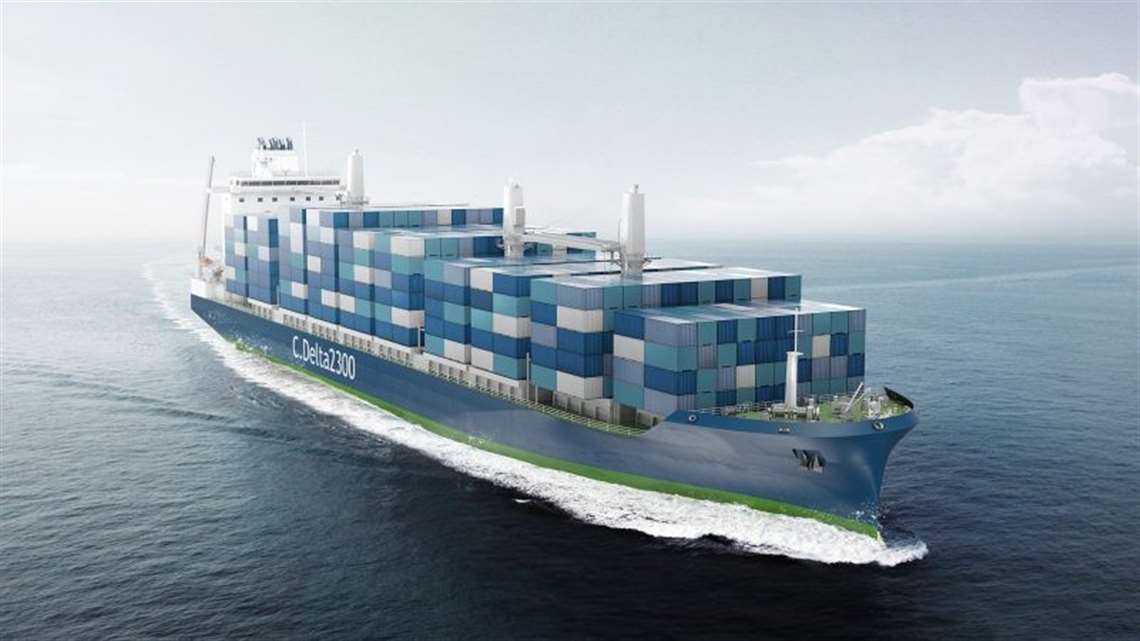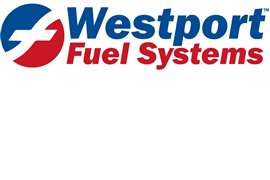New ‘future-proof’ LNG ship design from Deltamarin
08 March 2021
The platform design includes ice class 1A for unlimited Baltic Sea operation
Finnish ship designer Deltamarin said its new liquified natural gas (LNG)-powered Kielmax container vessel design is ‘future-proof’ because it will allow for use of alternative fuels or even zero-emissions propulsion.
The company said its C.Delta series design is based on extensive research and development work to establish the best-in-class design in terms of cargo capacity, flexibility and fuel economy, as well as the performance of the built Polar Code C.Delta2150 design. It provides a flexible platform for a whole series of designs, which can be adapted to various customers’ requirements as a result of several optional feature studies.

The choice of the main dimensions (length, breadth, block coefficient in combination with a larger propeller) in total results in a higher speed respective in less power demand at the design speed/contract point compared with reference designs, the company said.
The platform design includes ice class 1A for unlimited Baltic Sea operation. The vessel is equipped with lashing bridges to access reefer containers. It is powered by a MAN 6G60ME-C10.5-GI EcoEGR-Ti or equivalent, the company said.
Optional features of the C.Delta series include higher LNG capacity, methanol, ammonia, hydrogen as fuel, a flexible number of reefer plugs, shaft generator PTO/PTI as well as several ice classes. Furthermore, any specific customer requirements can be considered, the company said.
The C.Delta2100 provides a container capacity of 2100 TEU in four cargo holds and on deck. The increased cargo hold breadth improves stability in the fully laden condition. This results in an increased utilization rate of about 75% (1595 TEU) of nominal container intake in the homogeneous loading condition at scantling draught carrying a’ 14t TEU containers. Furthermore, intake can be optimized to a specific cargo profile and even further improved by considering route-specific loading.
Extensive effort has been focused on the C.Delta2100 hull form development to ensure low resistance combined with high propulsion efficiency. This included dozens of CFD calculations and three series of model tests at the Hamburg Ship Model Basin (HSVA). The performance has been proven in C.Delta2150 sea trials.
The daily main-engine fuel oil consumption using LNG (Tier 3) 30.8 t/day + pilot oil 0.8 t/day at a 18-knot service speed results in superior fuel efficiency of less than 0.015t LNG/TEU/day at design draft.
A low deadweight per TEU ratio of about 15.2 DWT/14t TEU is thus achieved, which is commonly gained only in larger container ships. The vessel complies with EEDI Phase 3.
POWER SOURCING GUIDE
The trusted reference and buyer’s guide for 83 years
The original “desktop search engine,” guiding nearly 10,000 users in more than 90 countries it is the primary reference for specifications and details on all the components that go into engine systems.
Visit Now
STAY CONNECTED




Receive the information you need when you need it through our world-leading magazines, newsletters and daily briefings.
CONNECT WITH THE TEAM













